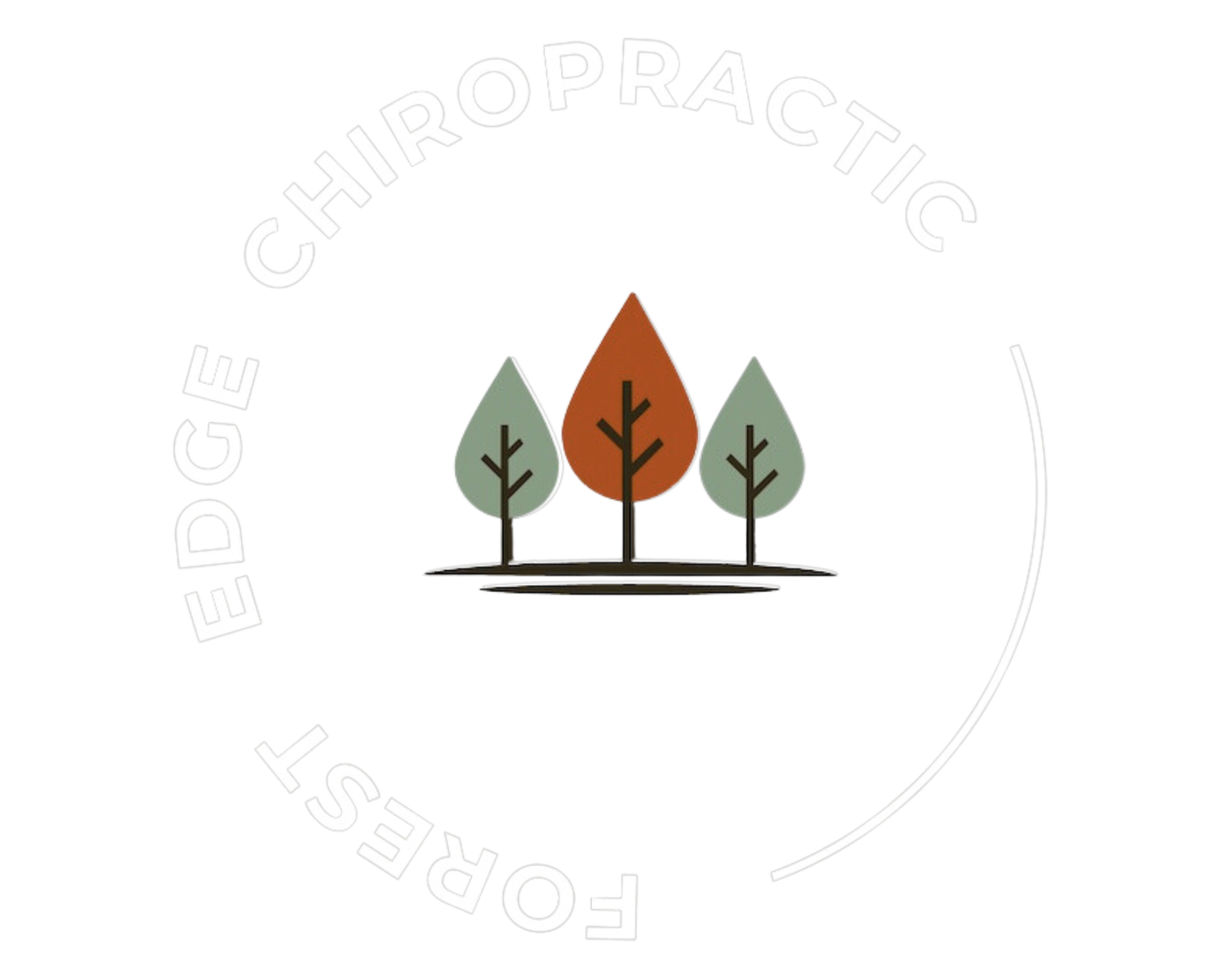The benefits of standing desks
So - standing desks. Are they worth it? For many of us, work means long hours at a desk. While computers have revolutionised the way we work, they’ve also made us far more sedentary. Many of you are only too aware that too much sitting can contribute to back pain! But sitting also creates a poor posture, reduces our energy by slowing heart rate and metabolism, and increases risks of cardiovascular problems over time. That’s where standing desks come in. Far from being a passing trend, they’re a simple change that can have a big impact on your health, focus, and comfort at work. And now they’ve been around a bit, we’re starting to see some studies emerge, which have measured the benefits and worked out how best to transition from to a standing desk. So why should you consider a standing desk? 1. Improved posture When we sit for hours, especially at a laptop, our posture suffers —rounded shoulders (which leads to shoulder and neck pain), forward head carriage (which can contribute to neck pain and headaches), and slumping become the norm. Standing naturally encourages a more upright position, reducing strain on your neck and lower back. 2. Reduced aches and pains Many people report fewer musculoskeletal complaints after switching to a standing desk. This is because far from standing stock still, when you stand at a desk, you tend to move regularly. Small shifts in position mean that you’re constantly moving your muscles and joints, making them less stiff and more healthy. By reducing prolonged pressure on the spine and hips, you’re giving your body the movement it craves. 3. Increased energy and focus Ever notice that you feel more alert when you’re on your feet? Standing improves your cardiovascular circulation, including blood flow to the brain, so it actually helps you concentrate. Some studies suggest it can even improves productivity…! 4. Associated health gains Although a standing desk isn’t a cure-all, breaking up long periods of sitting has been shown to help reduce some of the risks associated with sedentary lifestyles, such as weight gain and metabolic concerns. How to Make the Most of a Standing Desk The key to success is balance. If you go from sitting for 8 hours to standing for 8 hours, you’re going to create more problems than you solve! Instead, think of it as a tool for creating movement and variety in your workday. Start Slowly If you’re new to standing desks, begin by standing for short periods of 20–30 minutes at a time, two or three times a day. Gradually build up as your body adjusts. Alternate Between Sitting and Standing The most effective way that studies found to adapt to standing was to choose specific tasks for standing for longer periods, rather than wholly time-based. At the start of your day, identify 3 or 4 daily activities where you could stand - Zoom/Teams meetings are perfect for this. Or answering your emails; or a call with a colleague. The variety of sitting and standing is the best mix. Set Up Your Desk Correctly Ergonomics still matter! Make sure your screen is at eye level, your keyboard and mouse are positioned so your elbows are at roughly 90 degrees, and your hands are close to your body, not reaching across the desk. Standing mats It’s probably worth investing in a memory foam type of standing mat. Suddenly going to prolonged standing, particularly on concrete/wooden floors, can cause ankle and knee pain. These simple mats are cheap and will help cushion your leg joints. Be sensible with your choice of footwear as well - trainers, or even bare feet are best. Keep Moving As I said above, a standing desk will mean you move more. But dont just stand there all day! Remember to stretch, move and take breaks and short walks regularly. Final Thoughts A standing desk can be a fantastic addition to your workspace, helping you to feel more comfortable, energised, and focused throughout the day. The key is to use it mindfully, alternating between sitting and standing, and paying attention to your posture. Small changes like this can make a big difference to your health and wellbeing — one step (or stand!) at a time.
